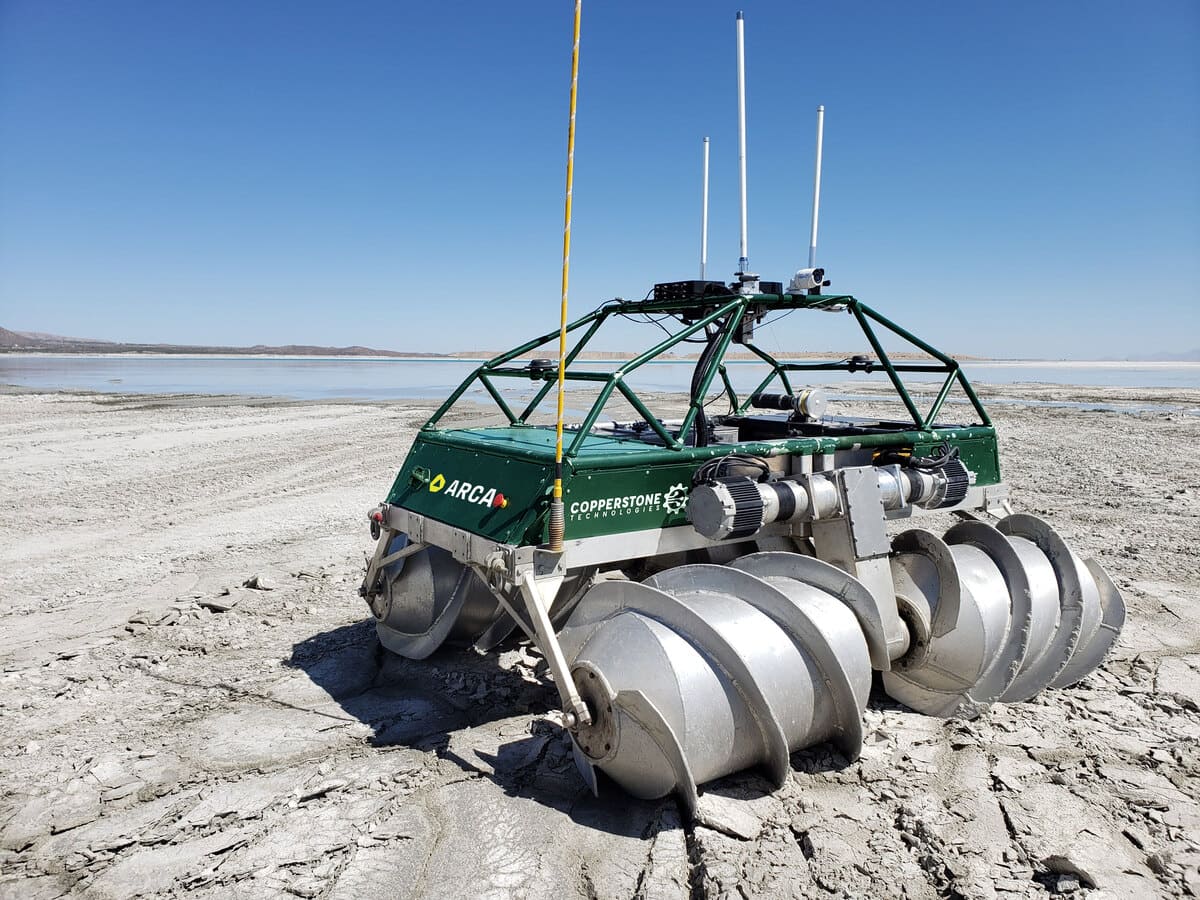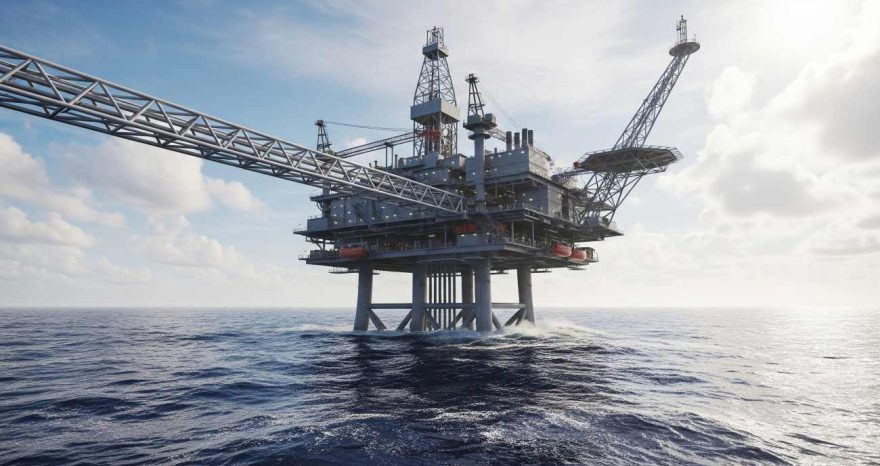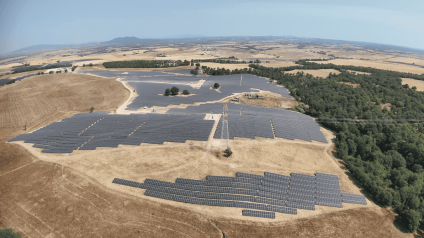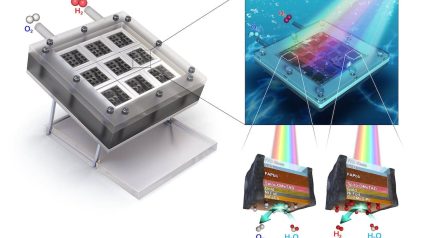CO2 mineralization can turn mine waste into a large-scale climate solution, generating up to $100 billion annually while preventing carbon emissions.

From mine waste to a $100 billion treasure: CO2 mineralization as a climate solution
Giving a second life to mafic and ultramafic rocks—rich in nickel, diamonds, and chromium—could be key to large-scale carbon capture. Mining activities generate 3 billion tons of these materials annually, and CO2 mineralization offers a way to transform them into a permanent carbon storage solution. This process could prevent billions of tons of CO2 from reaching the atmosphere, with an estimated revenue potential of $100 billion per year, based solely on active mining sites.
These findings come from the white paper Beyond Extraction: Transforming Mine Waste Into a Net Zero, Multibillion-Dollar Opportunity, prepared by Arca, a nonprofit consultancy testing carbon mineralization technologies, and Will MacNamara, a former Financial Times natural resources correspondent.
A global $100 billion-per-year opportunity
The key lies in carbon credit markets. By offering CO2 mineralization services for mine waste—both newly generated and accumulated—mining companies can tap into a major revenue stream.
According to the white paper, the mining sector could generate up to $100 billion annually through CO2 mineralization. If inactive mining sites are included—provided their waste materials are suitable for CO2 removal—the potential skyrockets to $870 billion.
At the heart of this opportunity are mafic and ultramafic rocks. While they contain valuable minerals such as nickel, diamonds, and chromium, their true potential lies in their ability to capture and store CO2 through mineralization. Mining operations produce 3 billion tons of these rocks each year, turning abandoned sites into permanent carbon storage facilities.
Arca’s pilot project: Advancing CO2 mineralization
Carbon mineralization technologies are still in early development, but momentum is building. Last year, Arca launched its first pilot project at the Mount Keith Nickel West mine in Australia, owned by BHP. The site’s mining waste contains high concentrations of ultramafic rock rich in magnesium, a mineral that naturally reacts with atmospheric CO2 to form stable crystalline structures.
“We accelerate the natural carbon mineralization process in magnesium silicate-rich industrial waste like serpentine. Our technologies activate these minerals, increasing their CO2 capture speed and capacity tenfold,” says Arca.
If scaled effectively, CO2 mineralization could be a game-changer—not just for reducing emissions, but for transforming mining waste into a valuable climate asset.












